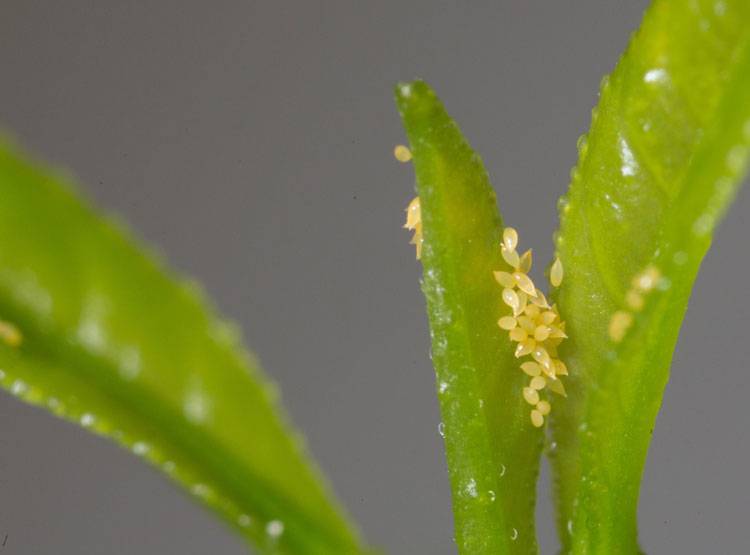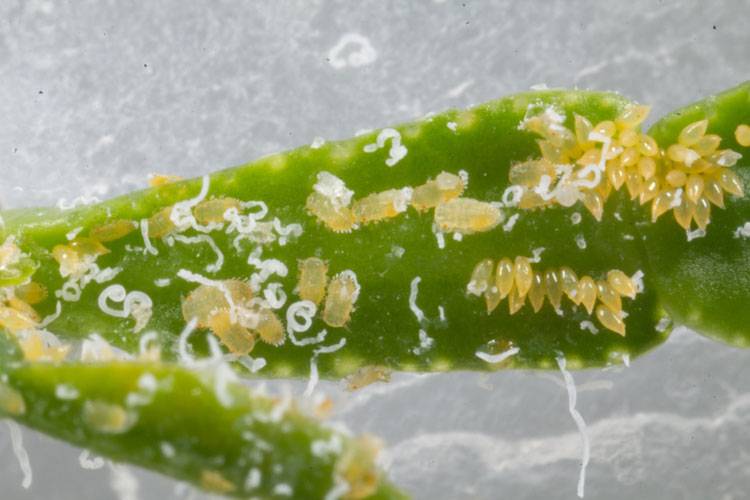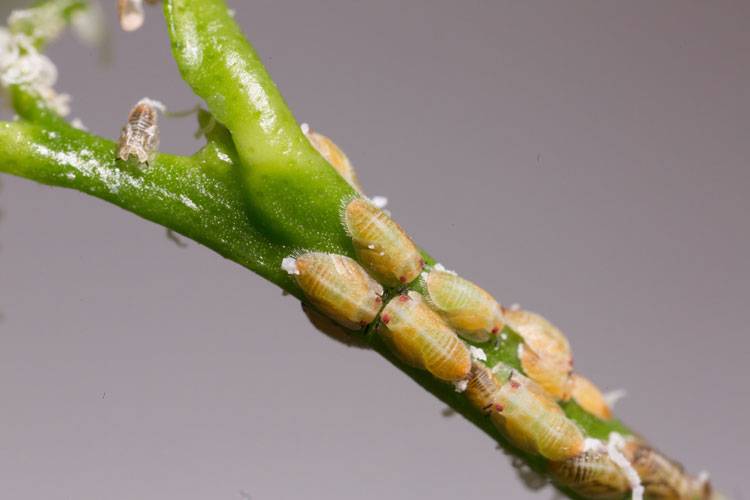Orange
Citrus psyllid

Citrus psyllid
Diaphorina citri

Citrus psyllid
Diaphorina citri

Citrus psyllid
Diaphorina citri

Citrus psyllid
Diaphorina citri
Here’s a structured summary of the environmental factors influencing Diaphorina citri (Asian citrus psyllid – ACP) flight behavior and its implications for Citrus Greening spread and management:
Environmental Influence on Diaphorina citri Flight and Management Implications
Diaphorina citri Kuwayama is a major vector of Candidatus Liberibacter asiaticus (CLas), the bacterium responsible for Huanglongbing (HLB) or citrus greening disease—an untreatable and lethal citrus disease. The pest not only damages citrus directly through toxic feeding but also serves as the primary means for the spread of HLB.
1. Take-off Behavior and Environmental Conditions
Four studies were conducted to assess how environmental factors affect D. citri take-off:
-
Take-off Periodicity: Maximum take-off occurred during afternoon hours (14:00–16:00 h), coinciding with lower humidity and high thermal amplitude.
-
Temperature Threshold: Flight initiation increased with rising temperatures. The take-off temperature threshold was pinpointed at approximately 27.14°C.
-
Photoperiod and Temperature Regimes:
-
Reduced flight was seen at 18°C and under shorter daylight (10 hours).
-
Higher flight activity was observed at constant 27°C, with results consistent even under gradually increasing temperature conditions.
-
2. Temperature Tolerance
-
High Temperature Tolerance: D. citri can tolerate ambient temperatures up to 50°C.
-
Low Temperature Tolerance: The species can survive in temperatures as low as 5.4–6.9°C, with recorded minimum survivable temperatures between -5.3°C and 7.5°C.
3. Seasonal Population Peaks
-
The population of D. citri shows two annual peaks, typically in May and August.
-
Positive correlation with temperature and rainfall was observed, while relative humidity negatively impacted population density.
-
Management is most crucial during March to May and August to September, aligning with peak population phases.
4. Nature of Damage
-
Direct Damage: Psyllid feeding on citrus phloem causes toxic effects on flush growth, leading to leaf tip deformation and breakage.
-
Indirect Damage: More importantly, ACP transmits CLas, the pathogen behind HLB. The disease manifests as:
-
Leaf and shoot yellowing and mottling
-
Fruit asymmetry, bitterness, premature drop
-
Seed malformation
-
Reduced yields
-
Eventual tree death
-
-
Infected trees may remain asymptomatic for up to two years, allowing unnoticed spread of the pathogen.
Implications for Management
-
Since flight activity is reduced at temperatures below 27°C, early morning or cooler conditions are optimal times for applying insecticides and monitoring.
-
Targeting population peaks during spring and late summer with Integrated Pest Management (IPM) can significantly curb D. citri population and disease spread.
-
Management strategies should consider environmental triggers to optimize timing and effectiveness, aiming to disrupt the vector's flight activity and hence its capacity to transmit HLB.
Source: UC Riverside, Dept of Entomology
